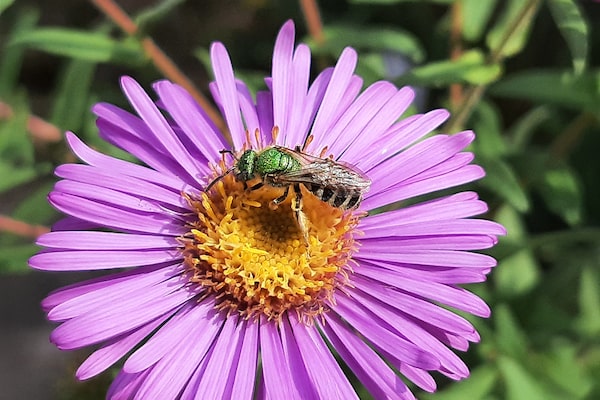
Sayeh Beheshti has photographed many of the 120 native plants and visiting bees in her own backyard garden. Here Toronto’s official bee, a green sweat bee (Agapostemon virescens), feeds on New England aster, a pollinator favourite.SAYEH BEHESHTI PHOTO
With spring in the air, gardeners of all ages are digging out their plant catalogues with enthusiasm and pondering plans for their backyards, patios and neighbourhoods. Pollinator gardening is becoming increasingly popular – attracting bees, butterflies and other pollinators that are proving vital to a healthy planet.
There are more than 20,000 known species of bees in the world (and about 800 in Canada) and they are facing alarming rates of extinction attributed to habitat loss, invasive species, diseases, pesticides, climate change and extreme weather.
According to a recent study led by Harvard T. H. Chan School of Public Health, inadequate pollination has led to a 3 per cent to 5 per cent loss of fruit, vegetable and nut production, and an estimated 427,000 excess deaths of people annually from lost healthy food consumption and associated diseases, including heart disease, stroke, diabetes and certain cancers.
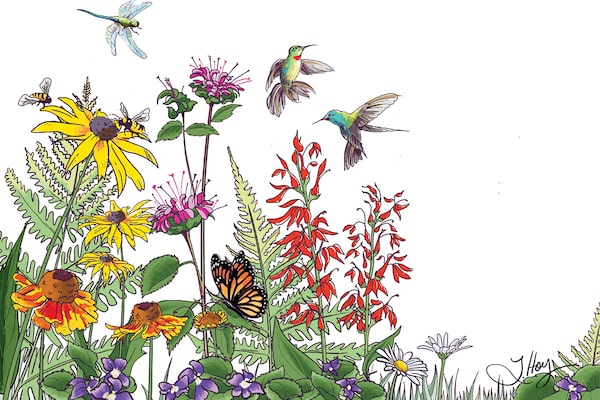
Planting native plants will attract important pollinators such as bees to your garden.ILLUSTRATION BY TAMMY HOY
“This study shows that doing too little to help pollinators does not just harm nature, but human health as well,” says lead author Matthew Smith, research scientist, department of environmental health, Harvard University.
Bring back the bees
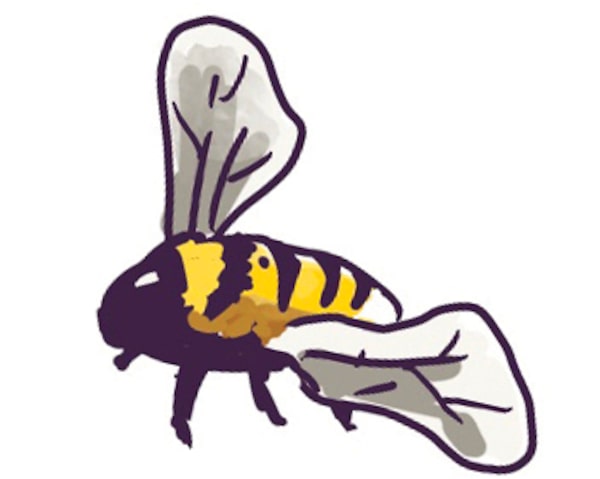
TAMMY HOY ILLUSTRATION
To raise awareness for the importance of bees, the threats they face and their contribution to sustainable development, the United Nations chose May 20 as World Bee Day. The day of events and activities marks the occasion of the birthday of Anton Janša, the pioneer of beekeeping in the 18th century.
Here in Canada, initiatives are sprouting up to help bring back bees and other important pollinators.
For more than 75 years, the Garden Club of Toronto has played a key role in planning and creating sustainable gardens that beautify the city and provide outreach and education. A member of the Garden Club of Toronto, Sayeh Beheshti, who is pursuing a PhD in environmental studies at York University, is one of Toronto’s ambassadors for Project Swallowtail, offered by Pollinator Partnership Canada (P2C). P2C is a registered charity for the protection and promotion of pollinators and their ecosystems through conservation, education and research.
“I deliver seeds to people and schools in Toronto’s east end,” Beheshti says. Passionate about the power of bees, Beheshti also blogs about the project and wrote a children’s book, The Garden Fun Club Program, that is available for free to download on her website, Sayehsunstudio.com.
Living in Chicago, Carrie Dohe became interested in bees and their behaviours on a 2017 visit to Cologne, Germany, where she attended a bee workshop.
“Bees don’t discriminate. They travel far and wide in their search for food, pollinating the flowers in their path,” Dohe says. “I had this vision of bees travelling to different places of worship around the world, helping to rebuild and reconnect people and communities.”
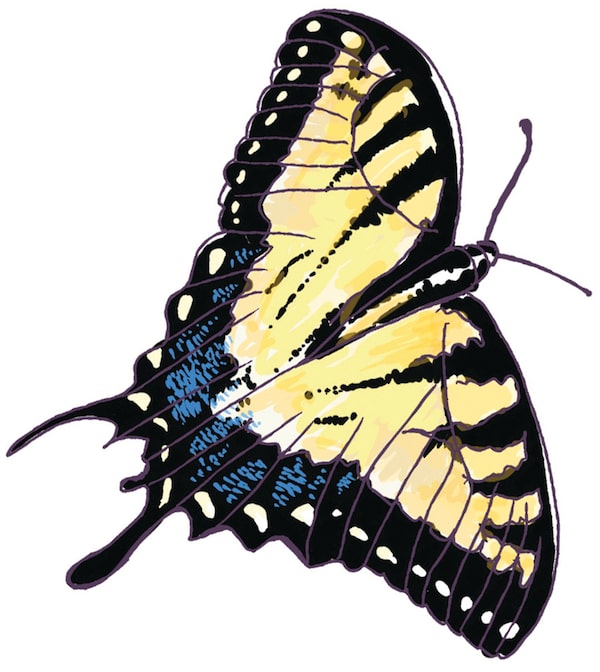
TAMMY HOY ILLUSTRATION
Shortly after that, Dohe founded Bees for Peace and brought it to Canada as part of her postdoctoral fellowship at the University of Toronto, where she is now a research associate. Dohe and the university joined forces with Pollinator Partnership Canada and today, Bees for Peace is one of that organization’s key initiatives. Bees for Peace is recognized as an official project of the UN’s Decade on Biodiversity.
In 2022, Dohe and Jo-An Davies, chair development, The Garden Club of Toronto, came together for a special project at Our Lady of Lourdes Parish in downtown Toronto. Students from the University of Toronto worked with Dohe, Davies and a team of gardeners, removing a lawn and planting bee-friendly native plants and a bee hotel.
Dohe is also collaborating with Shining Waters Regional Council, part of the United Church of Canada, to design and offer a series of five-day summer camps for children ages 5 to 11 in the Greater Toronto Area (GTA) and Kitchener.
“Most people know little about bees, but they do know they sting,” Dohe says. “Our goal with these camps is to create positive emotions toward bees and help children understand what they do for the environment.
“Beyond faith organizations, I want to work with businesses, condominium developers and communities in Ontario and across Canada,” Dohe says.
“Because the work of these insects is essential not only for us humans, but also for many other creatures, we must protect them.”
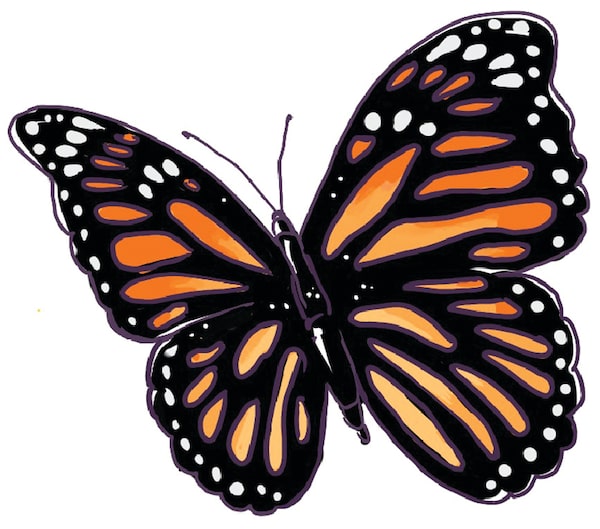
TAMMY HOY ILLUSTRATION
How does your garden grow?
Every person, in their small way, can do their part to help the bees and the ecosystem, whether on large properties or small balconies and terraces. Toronto Master Gardeners, an organization that focuses on sustainable gardening information for the public, offers the following tips and strategies for growing your very own pollinator garden.
1. Pick the right plants
Pollinators are attracted to bright colours such as blue, yellow, red, and violet and plants such as the cardinal flower, bee balm, gray-headed coneflower, black-eyed Susan, purple verbena, and native aster and goldenrod. For patio or terrace gardening, use a trellis or screen of native shrubs such as juniper or viburnum to help shield plants from the wind. Native plants tend to need less water, which is ideal for balcony gardening. To save space, herbs such as thyme and oregano can be planted around potted shrubs and trees to act as mulch. The key is to choose a variety of native plants for continuous bloom throughout the season, so the nectar keeps flowing.
2. Create and protect nesting sites
Resist the temptation to remove dead tree branches or clean up perennial beds in the fall or early spring. Some bees hibernate and lay eggs in hollow stems. If you do cut, leave the bottom eight inches in place, and bundle the cut stems and place them in your garden.
3. Let the water flow
While native bees get their water from nectar, butterflies will gather and sip at shallow pools, mud puddles or even birdbaths. A birdbath or shallow dish of water with half submerged rocks or a hanging water bottle will help butterflies quench their thirst. Change the water often to discourage mosquitoes.
4. Go green
Avoid using chemical pesticides on your plants, which can be harmful to bees as well as other pollinators and beneficial insects. Try making your own compost and mulch your garden to minimize weeds and hold moisture in the soil. Reuse and recycle – egg cartons make great seed starters, for example. Switch to electric or manual lawn mowers or reduce your mowing time by naturalizing your lawn with native wildflowers, ornamental grasses or ground covers, which are all pollinator favourites.
Advertising produced by the Globe Content Studio. The Globe’s editorial department was not involved.